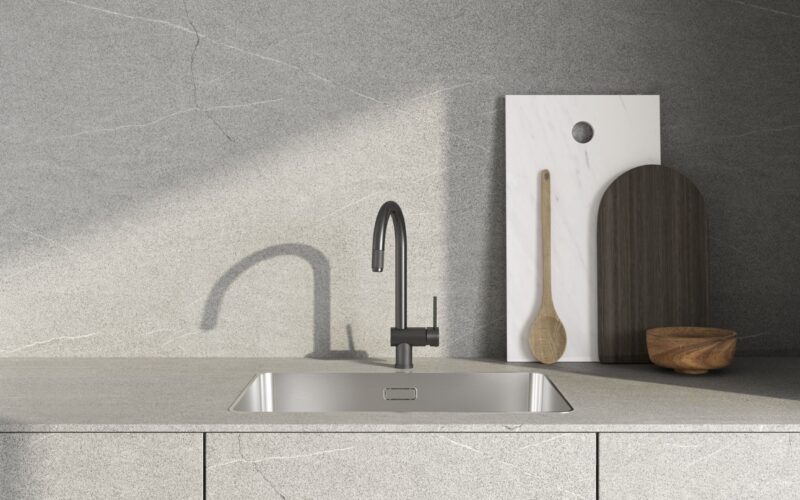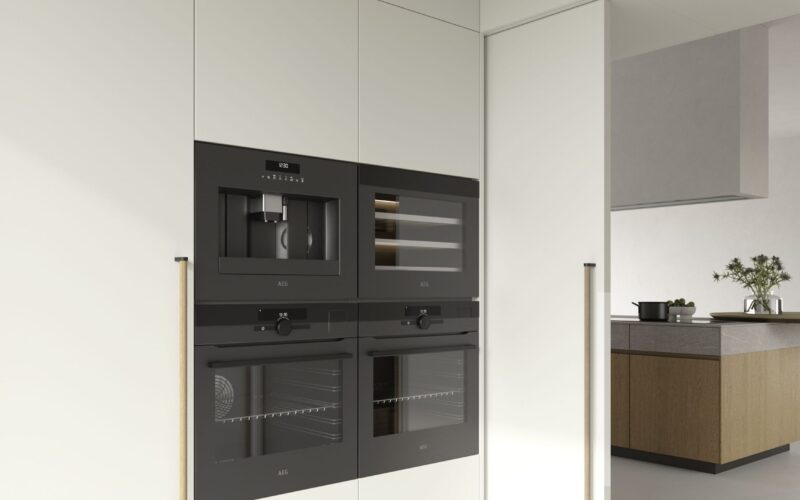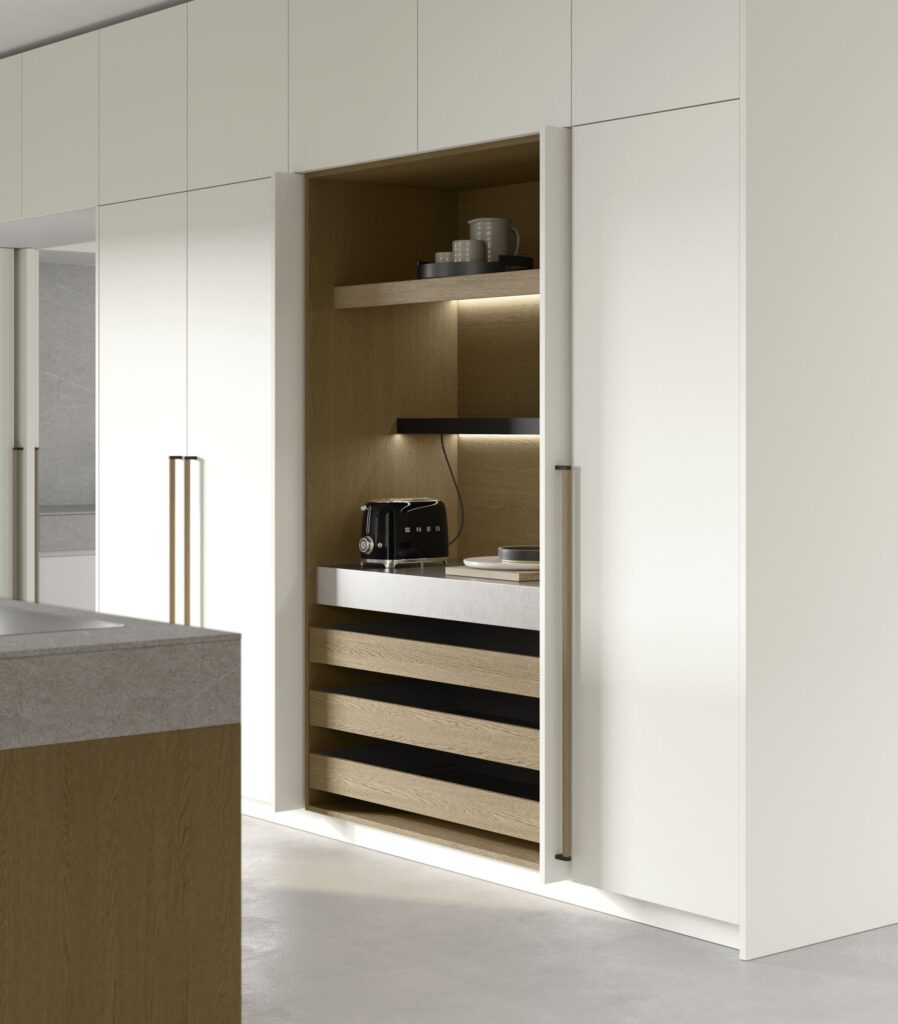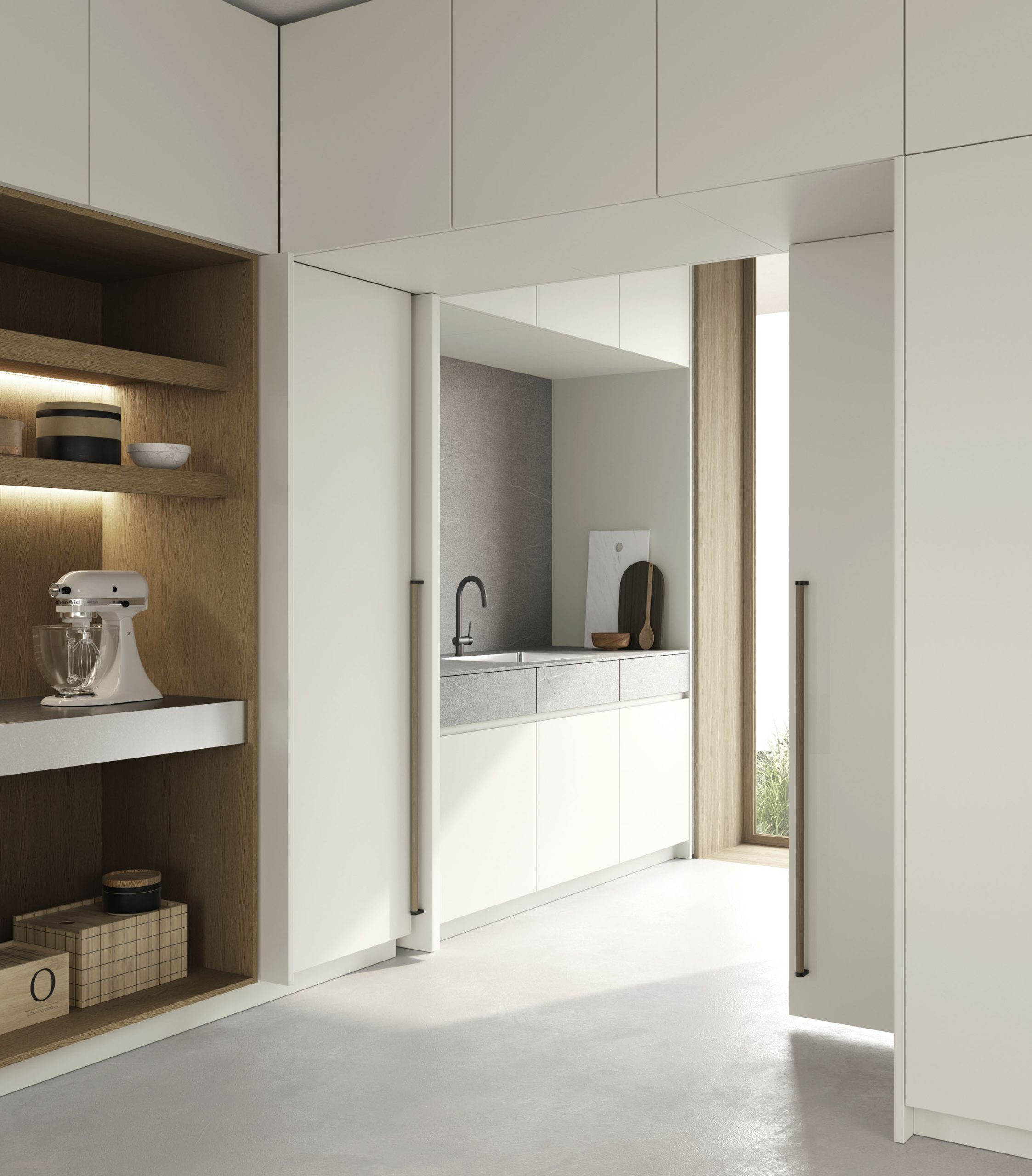The scullery kitchen has become one of the most desired features in modern home design, blending practical function with understated luxury. With the increasing popularity of open floor plans, kitchens have become the central space for entertaining, family gatherings, and everyday living. Yet, this visibility brings a new challenge, such as maintaining a polished, clean, and cohesive aesthetic. The concept of a secondary kitchen, or scullery, offers the perfect functional solution. Acting as a compact, efficient workspace, the scullery allows you to prep meals, store additional appliances, and handle cleanup without disrupting the beauty of your central kitchen, which can then shine as a welcoming space for hosting and connection.
A well-designed scullery features ample counter space for food preparation, deep sinks for cleaning, innovative storage solutions, dedicated areas for appliances, and custom cabinetry to keep essentials organized and out of sight. Sculleries can complement the home’s overall style by seamlessly extending the kitchen’s design or showcasing a distinctive character. More than just a storage space like a pantry, a scullery brings life into the home by merging functionality and design, creating a practical and enjoyable cooking experience.
Here’s a list of must-have design features that turn a scullery into an innovative, efficient, and beautiful space:
Workstation Sink + High-Pressure Faucet
A large, deep sink is essential for cooking, prepping, serving, and washing. One of the best options is an ample workstation sink, such as the Galley, which allows you to chop, strain, and mix ingredients easily and ergonomically, making meal preparation efficient and facilitating a seamless transition to cooking with a nearby cooktop. This workstation offers the flexibility to add integrated accessories, such as cutting and serving boards, colanders, and drying racks, allowing you to prep, cook, serve, and clean all in one place.
A high-pressure faucet is a perfect option. It delivers powerful water flow, making it ideal for quickly rinsing dishes, blasting away food residue, and filling pots in seconds. Engineered with advanced spray technology, it often includes features like adjustable spray patterns, magnetic docking, and ergonomic pull-down or pull-out wands.


Technological advances in appliances
In the modern scullery kitchen, specialized appliances support a seamless and efficient workflow behind the scenes. High-tech dishwashers now feature zoned cleaning, customizable cycles, and ultra-quiet operation, making them ideal for frequent use without interrupting the main kitchen atmosphere. Integrated freezer drawers or tall freezers provide essential overflow storage, with precise temperature controls to maintain food quality. Built-in coffee machines offer barista-level brewing capabilities, featuring programmable settings, water filtration, and self-cleaning functions, to deliver consistent and convenient results. For wine lovers, temperature-controlled wine cabinets provide optimal storage conditions with dual-zone technology, preserving the flavor and integrity of each bottle.
Appliance Garage
An appliance garage is a brilliant addition to any scullery kitchen, offering concealed storage for small countertop appliances, such as toasters, blenders, stand mixers, or coffee machines. Built into cabinetry with retractable or lift-up doors, it keeps the workspace clutter-free while ensuring quick access to everyday tools and supplies. In a scullery, the appliance garage helps maintain a clean aesthetic in the central kitchen while centralizing messier tasks in a hidden yet highly functional zone.
Closed Storage + Open Shelving
Combining closed storage with open shelving in a scullery kitchen provides the best of both functions. Closed cabinets keep clutter, cleaning supplies, and less attractive essentials neatly out of sight, preserving a clean, streamlined look. On the other hand, open shelving provides easy access to frequently used items, such as dishes, glassware, or pantry staples, while offering an opportunity to display curated kitchenware or decorative elements. Together, they create a flexible and organized workspace that supports both utility and style in the hardworking scullery.

Task Lighting + Natural Light
Adequate lighting is key in a scullery, where functionality comes first. Task lighting, such as under-cabinet LEDs or directional spotlights, illuminates work surfaces for safe and efficient food prep, cleaning, and organizing. Natural light from windows or skylights makes the space brighter, more welcoming, and easier to navigate throughout the day. This balance enhances visibility and improves the overall atmosphere, making the scullery feel like an intentional extension of the kitchen rather than a purely utilitarian space.
Design Continuity
Design continuity in a scullery kitchen requires a cohesive flow of styles and materials that seamlessly extend from the central kitchen, designing a unified look that ties both spaces together using similar textures, finishes, or design elements, such as matching tones, complementary stone surfaces, or consistent hardware. This approach ensures that while the scullery may serve a functional role, it feels like a natural extension of the kitchen’s overall design, with each area enhancing the other without disrupting the visual harmony.



